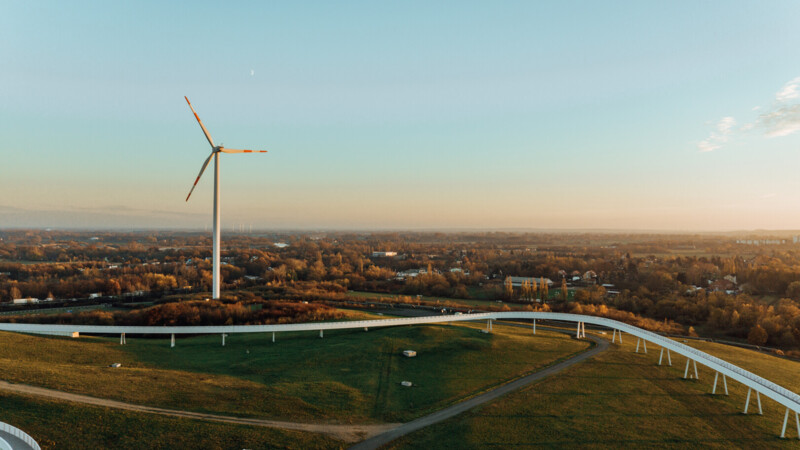This maiden flight is a milestone for ODCC. Cuxhaven was an obvious choice for the new research facility, as the city on the eastern tip of the Hamburg Metropolitan Region is a catalyst of the German offshore industry. Infrastructure on land must be ideal to accelerate the expansion of wind power at sea. Ports require sufficient space to build and store the turbines and ships and other vessels must also be able to dock and transport huge components out to sea. To this end, construction of three new berths for handling turbines will get underway in February at a cost of EUR 300 million. All going to plan, special ships of up to 300 metres in length should be able to moor in Cuxhaven from 2028. The expansion is being funded by the local port industry, the German government and the state of Lower Saxony. Olaf Lies, Minister of Economics in the state, remarked: "Lower Saxony is Germany's energy hub and this investment will secure Germany's future as an industrial location and its companies and jobs."
The Offshore Drone Campus Cuxhaven (ODCC) and DRONIQ have completed the first long-haul, return drone flight to Helgoland, a press release said Thursday (December 5, 2024). Given this success, wind farm maintenance teams could soon be using drones to inspect rotor blades, photograph damage or deliver spare parts from land to sea. "The idea is to use drone flights to monitor and maintain maritime infrastructure, such as wind turbines at sea," Kai Brune, Department Head at the Fraunhofer Institute for Manufacturing Technology and Advanced Materials (IFAM), which opened the ODCC in September, told Hamburg News. He added: "We are making great progress. Various tests at ODC have enabled us to show that operations are safe and reliable." Drones could soon reduce the need for long journeys by ship or transporting costly materials by helicopter. As well as monitoring wind farms, other applications are also possible. Drones could, for instance, be used to monitor critical infrastructure at sea, collect water samples or send situation reports in the event of shipping accidents.
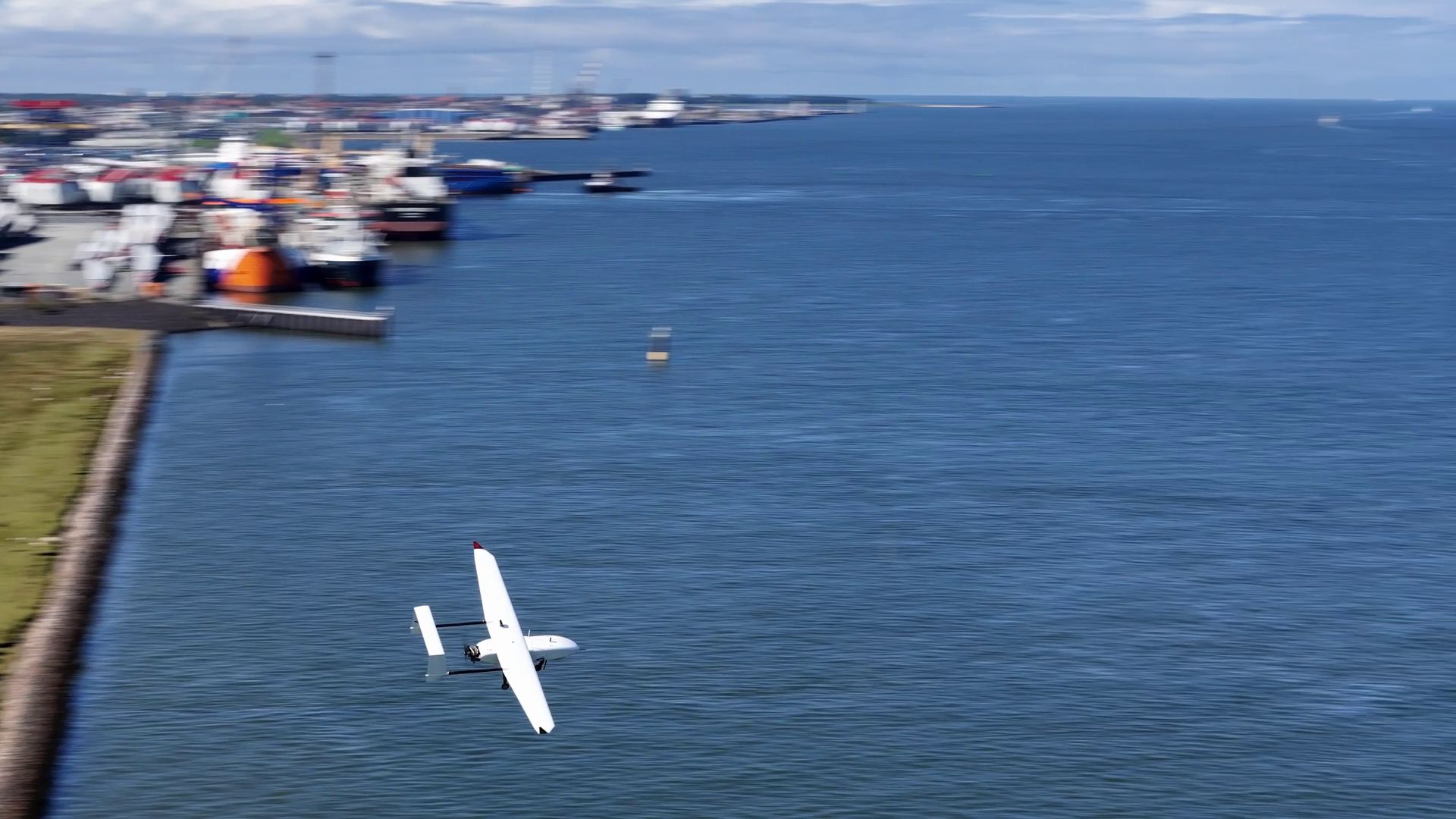
Cuxhaven now catalyst of German offshore industry
Siemens Gamesa and Titan Wind Energy investing millions
In early 2024, Siemens Gamesa, a wind turbine manufacturer, announced plans to invest EUR 135 million on expanding its factory in Cuxhaven creating 200 new jobs. Siemens Gamesa manufactures nacelles for offshore turbines that are shipped worldwide and employs around 800 staff. China’s Titan Wind Energy has also announced plans for a EUR 300 million monopile foundations production plant at the mouth of the Elbe River. Monopile foundations are vertical, steel cylinders for wind turbines. Operations are due to start as early as 2025 creating 600 jobs.

Demand for reliable and efficient maintenance
Given these developments, the mood in Germany's only fully developed offshore production and installation port in Cuxhaven is optimistic. The expansion of offshore wind power is key to achieving Germany's climate targets. In early 2023, the German government stipulated that offshore wind turbines should have a capacity of 30 gigawatts by 2030 and supply 70 gigawatts of green electricity by 2045. At present, turbines in the North and Baltic Seas have a capacity of slight under 9 gigawatts. Thus, work at ODCC is going full speed ahead. "As the turbines get older, we need reliable and efficient maintenance concepts," Brune stressed. Talks are being held with maintenance companies to explore the use of drones. Researchers at ODCC are also setting up an industry advisory board to "tailor our developments precisely to the needs of the industry".
Safety in airspace
Asked when maintenance teams would be able to start using drones, Brune told Hamburg News: "The premiere has shown that the operation works reliably. Researchers are now working on various issues. Do battery-powered drones fly better than those powered by combustion engines or fuel cells?" Thanks to AI, the drones should become "smarter" and will be able to identify the source of a malfunctioning system swiftly. Instead of sending 10,000 photos, the technology could send its human operators a targeted selection. However, regulation remains the biggest challenge or the "triangle of tension between shipping, nature conservation and other airspace users”, Brune pointed out. That involves the safe coexistence of aircraft, helicopters, ships, the environment and drones. "At the moment, securing a licence for drone flights is very time-consuming. If we want to use drones reliably, we need to speed up the procedures." More test flights will be carried out in 2025.
agu/sb/pb
Sources and further information
More
Similar articles
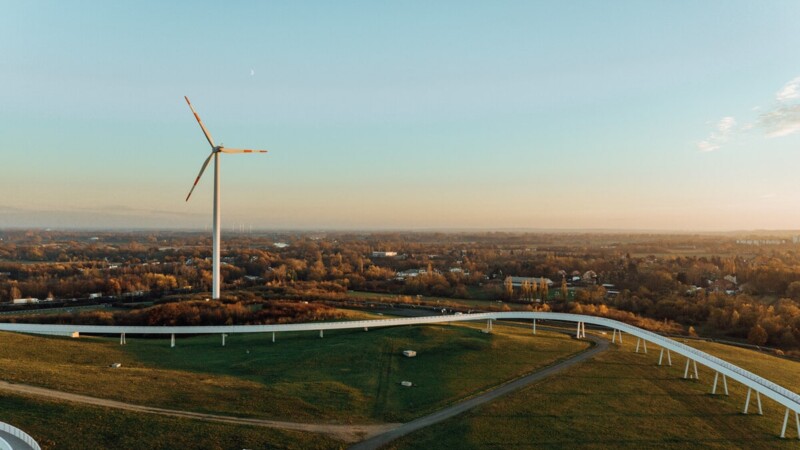
Hamburg top location for companies, survey on energy transition finds
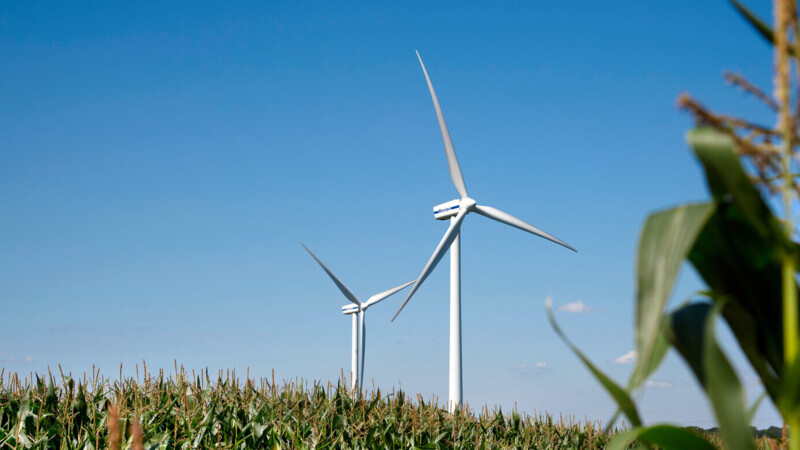
Wind turbines to become safer thanks to TÜV Nord's new standard
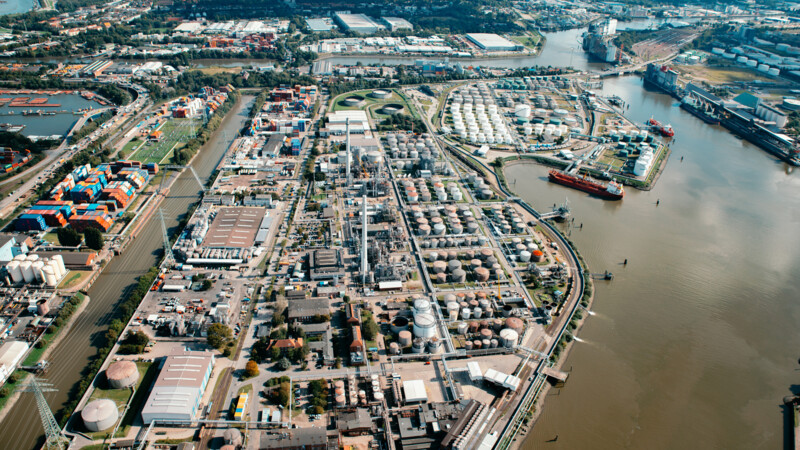
Hamburg has potential to become Germany's hydrogen hub, study finds
